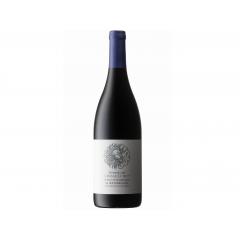Wine Waterkloof, Seriously Cool Cinsault, 2023
A vibrant, chillable South African Cinsault with finesse and fragrance.
Bursting with fresh red fruit, floral lift, and elegant tannins—perfect for warm weather or casual outdoor meals
Characteristics
Wine Style:
Light-bodied, perfumed, fresh, and elegant red wine
Tasting Notes:
Light ruby red with a delicate, translucent core
Expressive and perfumed, with lifted aromas of red cherry, cranberry, wild strawberry, rose petals, and hints of fynbos, earth, and subtle spice
Light to medium-bodied, juicy and vibrant. Red berry fruit dominates with refreshing acidity, silky tannins, and a soft, savory undertone
Clean, mineral, and slightly herbal, showcasing great balance and drinkability
Gastronomy:
This wine can be enjoyed on its own but also pairs well with a variety of dishes, especially with pigeon.
Vineyards:




























